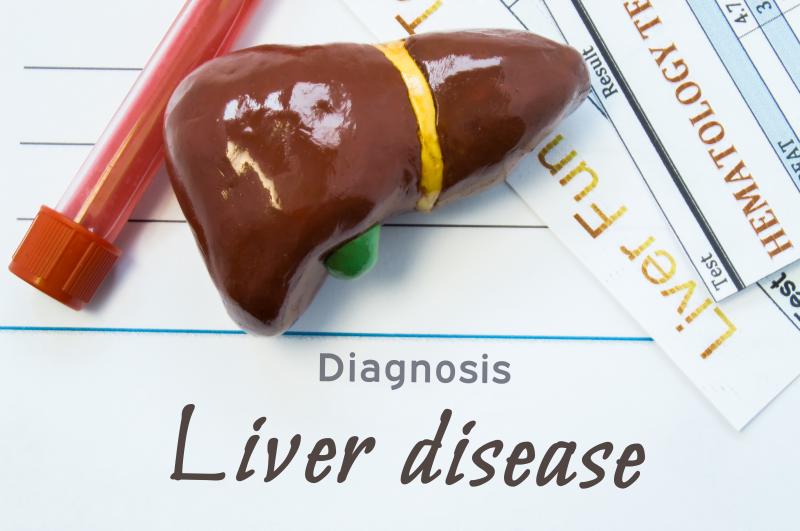
Patients with nonalcoholic fatty liver disease (NAFLD) tend to consume more energy, macronutrients, added sugar and fructose than the controls, as shown in a Singapore study. Waist circumference and energy consumption, but not fructose intake, significantly correlate with NAFLD.
“Although hypercaloric controlled trials on diet supplemented with fructose supported the effect of fructose on raising liver enzymes, whether this effect is independent of excessive energy intake still remains an outstanding question,” the researchers said. “The relationship between fructose consumption and NAFLD remains controversial and warrants further clarification.”
This cross-sectional, case–control study, conducted between 2012 and 2014 in the Singapore General Hospital outpatient setting, included 34 patients with NAFLD and 34 controls with chronic hepatitis B (CHB). Food frequency questionnaires were used to evaluate fructose, energy and nutrient intake.
Compared with controls, NAFLD patients had higher body mass index (28.6±4.0 vs 22.5±3.9 kg/m2; p<0.001) and waist circumference (100.0±7.9 vs 80.2±11.7 cm; p<0.001). Patients also reported higher consumption of calories (2378±708 vs 1796±398 kcal; p<0.001), protein (109±37 vs 84±25 g; p<0.01), fat (87±33 vs 62±19 g; p<0.001), total carbohydrate (294±83 vs 232±63 g; p<0.001) and fructose (42±17 vs 31±15 g; p<0.05). [Proc Singapore Healthc 2019;28:218-223]
In logistic regression analysis, NAFLD was significantly associated with waist circumference (odds ratio [OR], 1.25, 95 percent confidence interval [CI], 1.11–1.41; p<0.001) and energy intake (OR, 1.002, 95 percent CI, 1.001–1.004; p<0.05).
These results contradicted those from several observational, cross-sectional western studies, which reported a positive association between NAFLD and fructose intake. This could be partly explained by the relatively low fructose intake in the local population, according to the researchers. [J Hepatol 2008;48:993-999; J Hepatol 2007;47:711-717; Hepatology 2010; 51:1961-1971]
The National Health and Nutrition Examination Survey of US residents from 2007 to 2008 found that middle-aged adults (aged 35–54 years) consumed nearly 80.7 g of added sugar daily and that the mean intake (14.3 percent of total energy intake) exceeded the recommended limit of <10 percent. [Am J Clin Nutr 2011;94:726-734]
“In contrast, the added sugar intake in our local NAFLD and CHB patients was only 55 g/day (9.6 percent of total energy) and 36 g/day (7.6 percent of total energy), respectively, values which were within the national recommendation of <10 percent in Singapore,” the researchers said, adding that the average intake of added sugar in this population was 43.6 percent less than their American counterparts. [Am J Clin Nutr 2011;94:726-734]
High-quality randomized controlled trials with a large sample size and longer follow-up duration are warranted to improve understanding on the effect of fructose on histopathological changes of NAFLD in humans, according to the researchers. Regarding NAFLD prevention, they also suggested that obese individuals, particularly those with high waist circumference, should notify healthcare professionals for timely and effective nutrition intervention.
“Diet and lifestyle modifications still remain the first-line approach for NAFLD management,” they added.